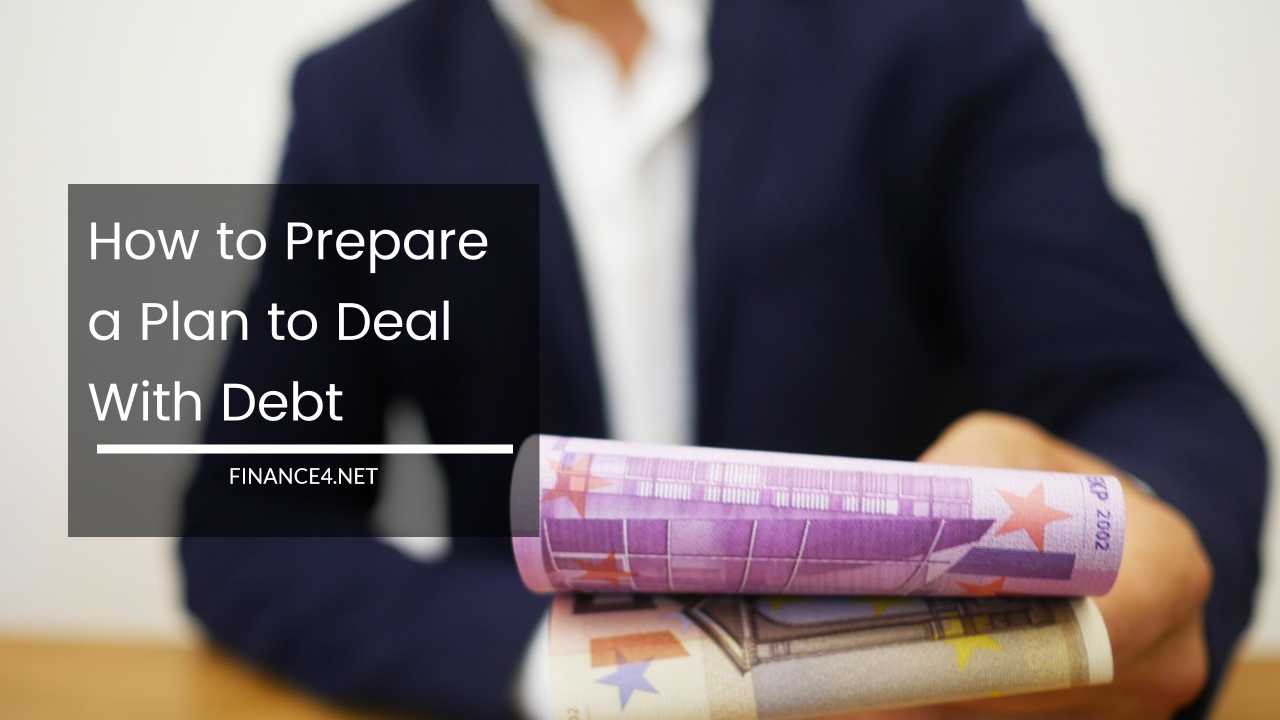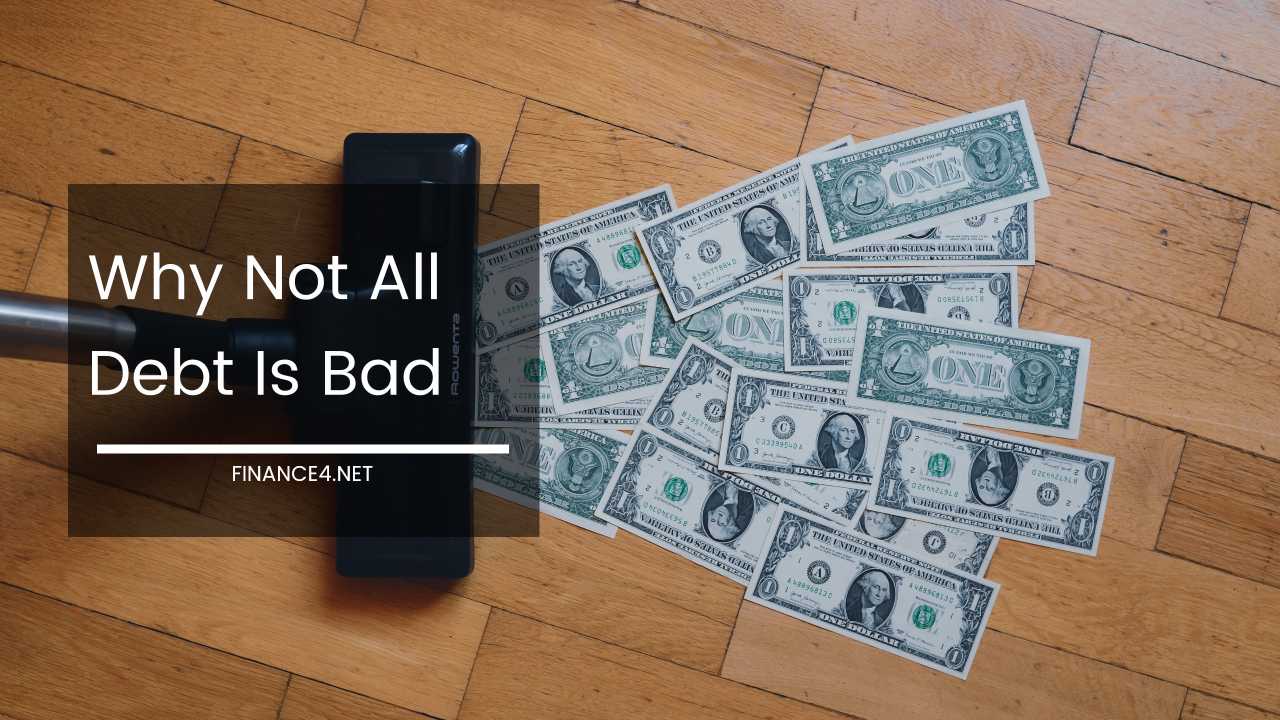How to Prepare a Plan to Deal With Debt

Conquering the Mountain: How to Prepare a Plan to Deal With Debt
Debt. It’s a four-letter word that can evoke feelings of dread and powerlessness. Student loans, credit card burdens, and car payments can all feel like a heavy anchor, dragging you down and impacting your financial future.
But take heart, there is a path to freedom! With a well-crafted debt repayment plan, you can chip away at those balances and emerge victorious.
This comprehensive guide equips you with the knowledge and tools to create a personalized debt management plan. We’ll delve into understanding your debt, strategizing repayment methods, and building habits for long-term financial wellness.
Step 1: Face the Mountain – Get a Clear Picture of Your Debt
The first step to conquering any mountain is establishing a basecamp. In the realm of debt, this means getting a crystal-clear understanding of what you owe. Gather all your loan statements, credit card bills, and any other documentation related to your debts.
List and Categorize:
- Create a comprehensive list of all your debts, including the creditor name, account type (credit card, loan, etc.), outstanding balance, and interest rate.
- Categorize your debts by interest rate. Generally, prioritize paying off debts with the highest interest rates first, such as credit cards, which can accrue significant charges quickly.
Seek Out Free Credit Reports:
- You are entitled to a free credit report from each of the three major credit bureaus (Equifax, Experian, and TransUnion) annually. This report will not only show your credit score but also provide a detailed breakdown of your credit accounts and outstanding balances. Reviewing your credit report is crucial for identifying any errors or discrepancies that could be impacting your score.
Don’t Be Afraid to Negotiate:
- In some cases, contacting your creditors directly to discuss a lower interest rate or a more manageable payment plan might be an option. This is especially true for high-interest credit card debt. Be prepared to explain your financial situation and negotiate for a more favorable interest rate.
Understanding Different Debt Types:
- Secured Debt vs. Unsecured Debt: Secured debts (mortgages, car loans) are tied to collateral, meaning the lender can repossess the asset if you default on the loan. Unsecured debts (credit cards, personal loans) have no collateral and can be more challenging to negotiate.
- Federal vs. Private Student Loans: Federal student loans typically offer more favorable repayment options and forgiveness programs compared to private loans. Understanding the type of student loan you have is crucial for determining your repayment strategy.
Step 2: Choose Your Path – Deciding on a Repayment Strategy
Now that you have a map of your financial landscape, it’s time to decide on your debt repayment strategy. Here are two popular approaches, each with its own advantages:
-
The Avalanche Method: This strategy prioritizes paying off debts with the highest interest rates first. While the initial progress might feel slow, this method ultimately saves you the most money in interest charges over time. For example, if you have a credit card with a 20% interest rate and a personal loan with a 10% interest rate, the avalanche method would focus on paying off the credit card first.
-
The Snowball Method: This approach focuses on paying off the smallest debts first, regardless of interest rate. This can be a great motivator as you witness quicker progress and achieve a sense of accomplishment with each paid-off debt. The psychological boost from seeing smaller debts disappear can help you stay on track for the bigger ones.
Choosing the Right Path for You:
The best approach depends on your financial situation and personality. If you’re analytical and focused on minimizing overall interest payments, the avalanche method might be ideal. However, if you need a quick win to stay motivated, the snowball method could be your best bet.
Exploring Additional Options:
-
Debt Consolidation: Consider consolidating your debts into a single loan with a lower interest rate. This simplifies your repayment process and can potentially save you money. However, be mindful of any origination fees associated with the consolidation loan and ensure the interest rate is truly lower than your existing debts.
-
Balance Transfer: Transferring high-interest credit card balances to a card with a 0% introductory APR period can buy you valuable time to pay down the debt without accruing additional interest. However, be mindful of any associated balance transfer fees and ensure you pay off the balance before the introductory period ends. Failing to do so could result in a significantly higher interest rate being applied to the remaining balance.
Considering Debt Settlement:
Debt settlement involves negotiating with creditors to settle your debts for a lump sum payment that is less than the total amount owed. This option can significantly reduce your debt burden, but it comes with important drawbacks such as a severely damaged credit score and potential tax implications.
Exploring Professional Help:
- For complex financial situations or overwhelming debt, consider seeking help from a credit counselor or a certified financial planner. These professionals can provide personalized guidance and develop a customized debt repayment plan tailored to your unique circumstances. Non-profit credit counseling agencies can offer free or low-cost debt management plans and can negotiate with creditors on your behalf.
Step 3: Building the Bridge – Crafting a Budget and Finding Extra Cash
With a clear understanding of your debt and a chosen repayment strategy, it’s time to build the bridge to financial freedom – a solid budget.
Track Your Income and Expenses:
- Meticulously track your income (salary, side hustles, etc.) and expenses (rent/mortgage, groceries, utilities) for a month. Many budgeting apps and online tools can simplify this process. Analyzing your spending habits allows you to identify areas where you can cut back and free up extra cash for debt payments.
Embrace Frugal Living:
- Look for ways to reduce your spending across various categories. Consider the following:
- Groceries: Plan your meals, utilize coupons, and explore cheaper grocery stores.
- Entertainment: Seek free or low-cost entertainment options like visiting libraries, parks, or museums. Consider board game nights or potlucks with friends instead of expensive outings.
- Subscriptions: Review your monthly subscriptions for unused services and cancel them to free up recurring costs.
- Housing: If possible, consider negotiating rent with your landlord or explore downsizing to a more affordable living situation.
- Transportation: Utilize public transportation, carpool, or explore biking/walking for shorter commutes to save on gas and car maintenance costs.
Increase Your Income:
- Explore ways to increase your income and generate additional cash to put towards debt repayment. Here are a few ideas:
- Side Hustles: Take on a part-time job, freelance work, or explore online gig opportunities.
- Sell Unused Items: Declutter your belongings and sell unwanted items through online marketplaces or garage sales.
- Negotiate a Raise: If you feel you deserve a raise at your current job, research average salaries for your position and prepare a compelling case to present to your employer.
Step 4: Scaling the Peak – Sticking to Your Plan and Celebrating Milestones
The journey to becoming debt-free requires commitment and perseverance. Here are some tips to stay on track:
- Automate Your Payments: Set up automatic payments for at least the minimum amount due on all your debts. Automating payments ensures you never miss a payment and incur late fees.
- Track Your Progress: Regularly monitor your progress by keeping an updated list of your outstanding balances. Celebrate milestones, big or small, to stay motivated. Seeing tangible progress can be a powerful motivator to keep pushing forward.
- Seek Support: Talk to a trusted friend, family member, or financial advisor about your debt repayment journey. Having a support system can provide encouragement and accountability. There are also online communities dedicated to debt repayment where you can connect with others on a similar path and share experiences.
- Be Kind to Yourself: There will be setbacks along the way. Don’t beat yourself up if you miss a payment or have a spending splurge. The key is to get back on track as quickly as possible.
Step 5: Maintaining the View – Preventing Future Debt
Once you’ve conquered the mountain of debt, it’s crucial to develop healthy financial habits to prevent falling back into debt. Here are some key strategies:
- Maintain a Budget: Stick to your budget and continue tracking your income and expenses.
- Pay Yourself First: Set up automatic transfers to a savings account to build an emergency fund. Aim to save 3-6 months’ worth of living expenses to cover unexpected costs and avoid resorting to debt.
- Avoid Impulse Purchases: Develop a system for considering purchases before committing. Implement a “waiting period” before buying non-essential items to curb impulse spending.
- Increase Your Income Streams: Continue exploring ways to increase your income and diversify your income sources. This provides a financial safety net and allows you to build wealth.
- Monitor Your Credit Report: Regularly review your credit report for errors and take steps to correct any inaccuracies.
Remember, financial freedom is a journey, not a destination. By following these steps and remaining committed, you can conquer your debt and achieve long-term financial stability. Here are some additional resources that you may find helpful:
- National Foundation for Credit Counseling (NFCC): https://www.nfcc.org/ offers free and confidential credit counseling and debt management plans.
- Consumer Financial Protection Bureau (CFPB): https://www.consumerfinance.gov/ provides educational resources on debt management, credit scores, and other personal finance topics.
- Debt.com: https://www.debt.com/ offers a variety of resources on debt management, including articles, calculators, and tools.
- Unchained: https://www.unchainedatlast.org/ is a non-profit organization that provides support and resources for people dealing with student loan debt.
Final Thoughts
Debt can feel like a heavy burden, but it doesn’t have to control your financial future. With a well-crafted plan, a commitment to change, and the right resources, you can chip away at your debt and achieve financial freedom.
Remember, this is a marathon, not a sprint. Celebrate your milestones, be patient with yourself, and focus on making progress one step at a time. You’ve got this!



